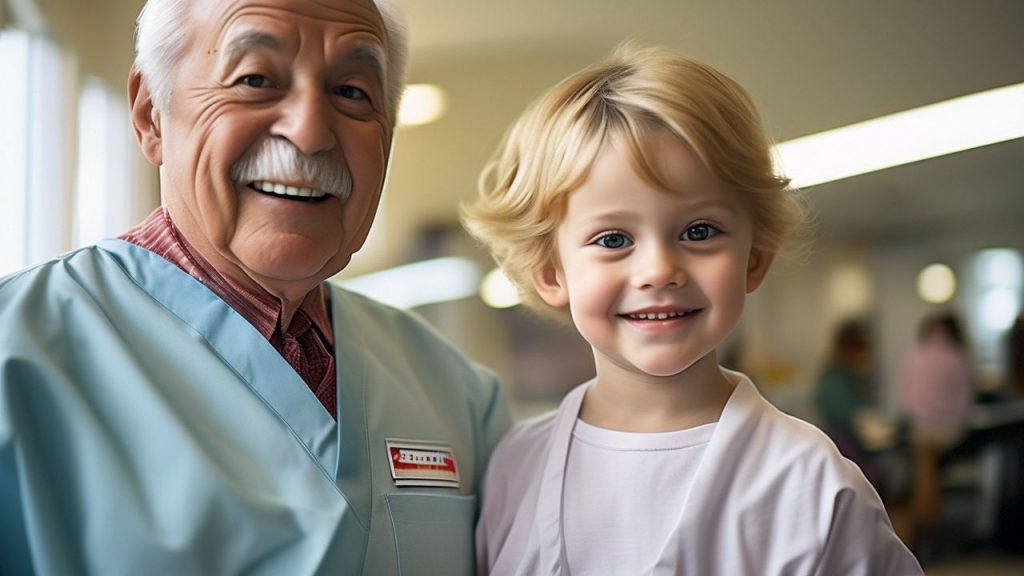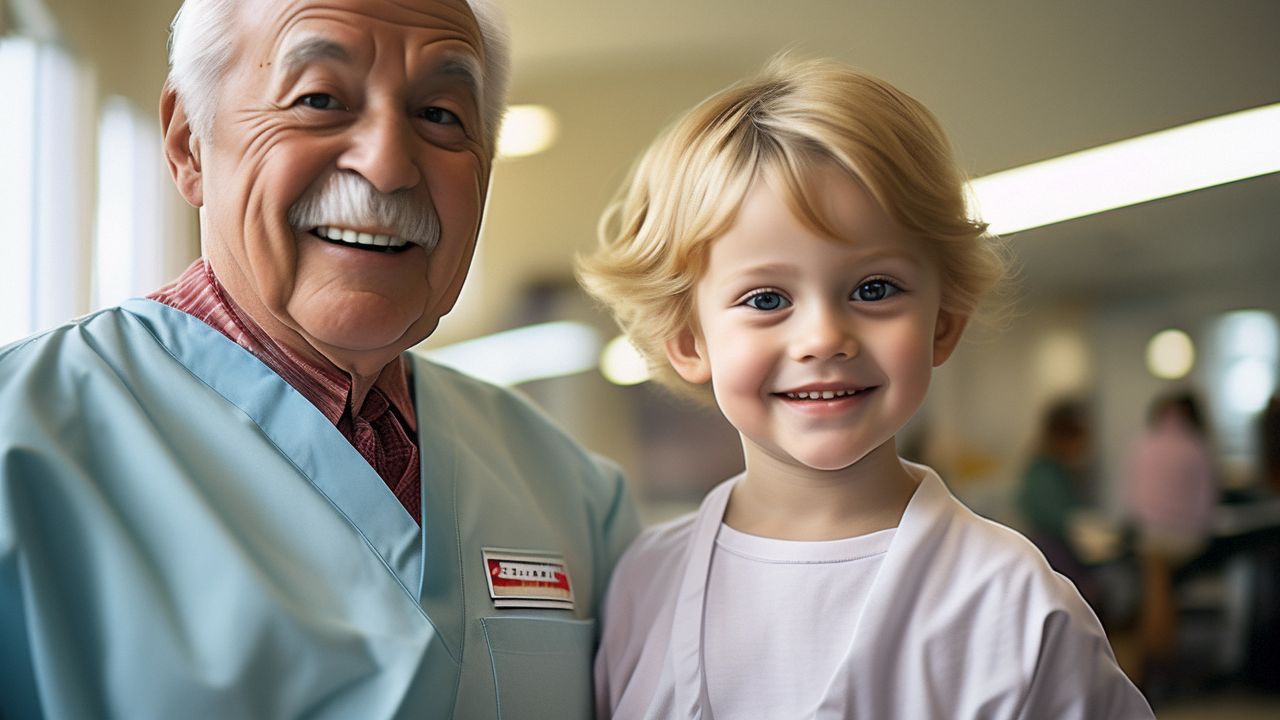What are the characteristics of pediatric hypertension care?
Characteristics of pediatric hypertension care:
- Non-drug treatment: The significance of non-drug treatment for hypertension in children is even greater than that in adults. This mainly includes:
- Reducing obesity: Control excessive calorie intake and promote a balanced diet, especially persuading parents to adopt a balanced diet.
- Increasing activity: Pay special attention to increasing outdoor activity.
- Cultivating a healthy psychological state and good living and learning habits: Children and adolescents should avoid smoking and drinking, and schools and families should not give them excessive study burdens.
- Drug treatment: The treatment of primary hypertension in children and adolescents has always been a controversial issue, mainly because of the concern about the impact of drug side effects on children’s growth and development and quality of life. However, some children with hypertension still need medication to control it, mainly considering:
- Obvious diastolic hypertension, suggesting use when ≥90mmHg.
- Evidence of target organ damage.
- Severe symptoms caused by hypertension.
- Choose drugs with minimal side effects and acceptable to children, such as diuretics or β-blockers.
Pediatric hypertension, or high blood pressure in children, differs from hypertension in adults in several key ways:
- Definition and Criteria: The definition and criteria for diagnosing hypertension in children are different from those used for adults. Pediatric hypertension is often defined based on percentiles for blood pressure according to age, sex, and height. In contrast, adult hypertension is typically defined as a systolic blood pressure of 130 mmHg or higher or a diastolic blood pressure of 80 mmHg or higher.
- Etiology: The causes of hypertension in children can be quite different from those in adults. Pediatric hypertension is often secondary to an underlying condition, such as kidney disease, endocrine disorders, or congenital heart defects. In adults, primary or essential hypertension, which has no identifiable cause, is more common.
- Prevalence: The prevalence of hypertension in children is generally lower than in adults, but it has been increasing, likely due to the rise in childhood obesity.
- Management: The management of pediatric hypertension also differs from that of adult hypertension. Treatment may include lifestyle modifications, such as diet and exercise, and in some cases, medication. However, the choice of medications and dosages must be carefully tailored to the child’s age, weight, and overall health, as the safety and efficacy of many drugs have not been well-established in pediatric populations.
- Monitoring and Follow-up: Children with hypertension often require more frequent monitoring and follow-up to assess the effectiveness of treatment and to monitor for potential complications or side effects.
- Long-term Implications: Untreated or poorly managed pediatric hypertension can lead to long-term cardiovascular complications in adulthood. Therefore, early diagnosis and management are crucial.
In summary, while the basic pathophysiology of hypertension is similar in children and adults, the approach to diagnosis, treatment, and management must be tailored to the unique characteristics and needs of the pediatric population.
What are the characteristics of elderly patients with hypertension?

Currently, increased blood pressure in the elderly is no longer considered a natural physiological change associated with aging. The World Health Organization defines hypertension in individuals aged 60 and above as a systolic pressure greater than 160mmHg and a diastolic pressure greater than 90mmHg. The prevalence of elderly hypertension ranges from 10% to 20%. The treatment and health care characteristics include weight loss, smoking cessation, alcohol limitation, dietary control, and medication.
- Effectiveness in reducing systolic pressure: Medications should effectively lower blood pressure to improve clinical outcomes.
- Maintaining quality of life: Treatment should not compromise the patient’s lifestyle or daily activities.
- Patient convenience: Medications should be easy for patients to use and adhere to.
Generally, thiazide diuretics, calcium channel blockers, and angiotensin-converting enzyme (ACE) inhibitors are preferred for elderly patients with hypertension. These medications have been proven to be effective in reducing blood pressure and minimizing complications while preserving patients’ quality of life. It is essential to consult a healthcare professional for personalized medication recommendations and monitoring.




